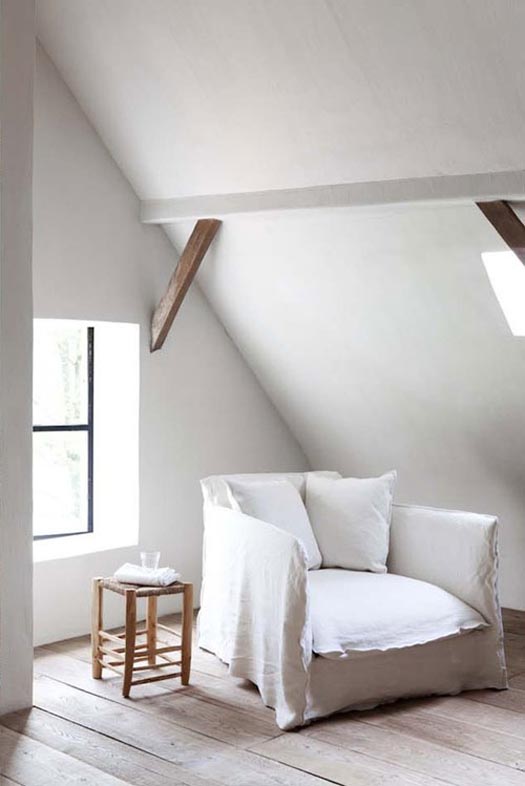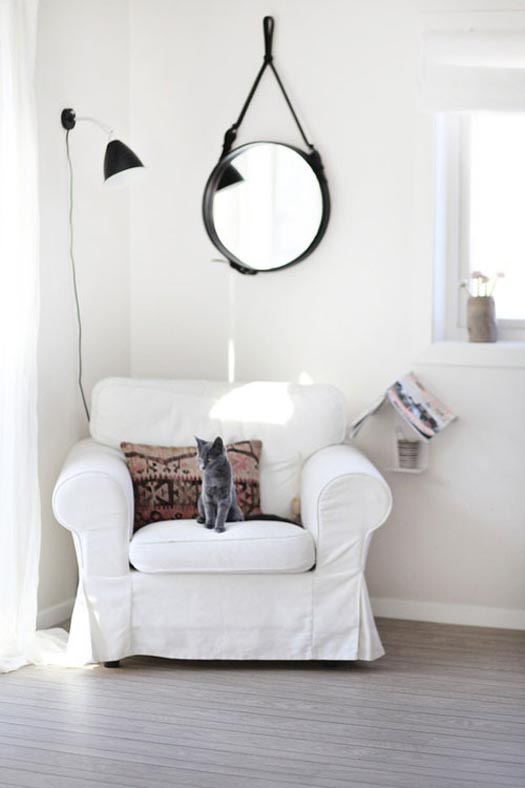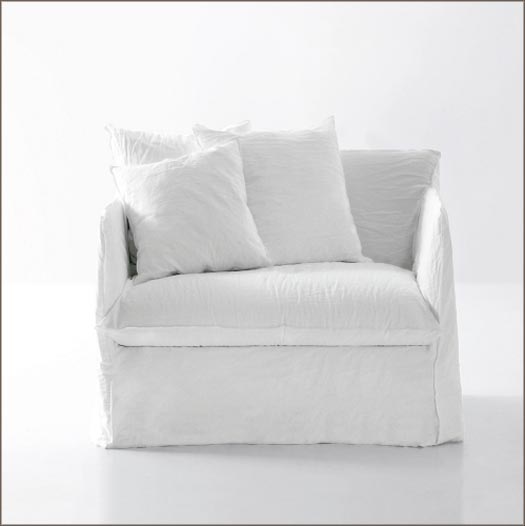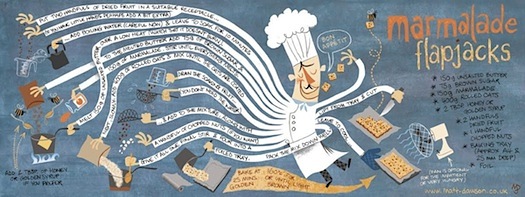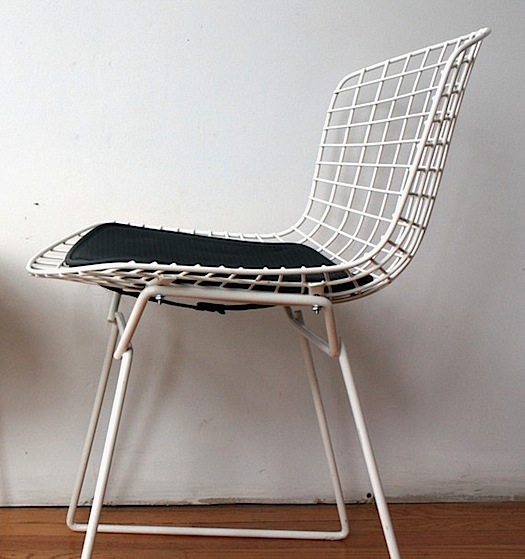Recently at Style-Files, Danielle de Lange was mulling whether to buy the pricey ($1,000), chic or a Ikea’s cheap, rather clunky and traditional alternative, the Ektorp chair ($199), below. She inadvertently pointed out a great lesson in slip-cover assumptions: the usual, standard approach with piping or neat seams is NOT the only way to go. Paola Navone devised a slipcover where seams are sewn inside-out, and the pillows are not squared and boxy but constructed of two squares of fabric. Rather than fitting the sofa perfectly, Navone’s slipcover drapes, imperfectly and wonderfully. It’s a great example of literally turning an accepted practice inside-out to create a fresh view.
We know from experience that Navone’s look is possible to duplicate or riff on because we did it ourselves many years ago when we’d inherited a tuffed black naugahyde sofa from a friend. A friend who made women’s clothes helped us drape and pin muslin to make a loose, stylish slipcover whose hem intentionally bloused a bit on the floor. When we’d experimented our way to a pleasing, unexpected “look”, she sewed it in washed linen (preshrinking it before sewing ensures that the finished slipcover won’t shrink further).
To give you an idea of how to do achieve a deconstructed slipcover, we found pictures of a traditional slipcover in-process at Honeybear Lane, at the point where the fabric is pinned or stitched inside-out. It’s got some of the vibe of Navone’s.
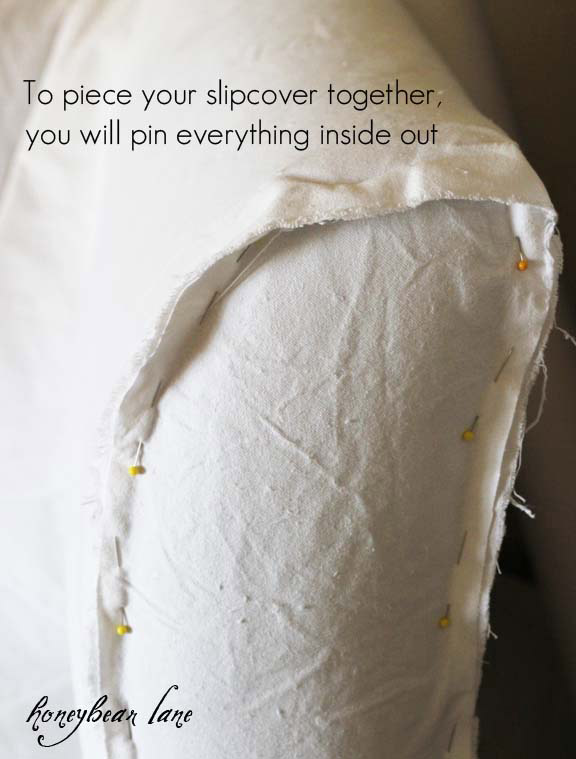
…
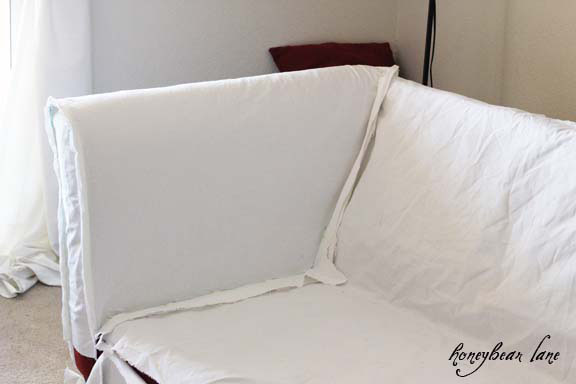
Turning things inside-out is a principle that has many design applications. Restoration Hardware’s Portico Lantern is a good example. It’s made of natural cotton linen stitched around a metal frame with the raw flanged edges exposed, as those it were sewn and placed inside-out on the frame.
via Stylefiles
Related posts: two-tone chairs, using paint or upholstery
the best fabric pen for ‘drawing just for fun’
d-i-y pattern-painted sofa (and bed and table) legs
copy this: paint a pillow…sofa…bedspread…curtain…
copy this: partially painted chairs

